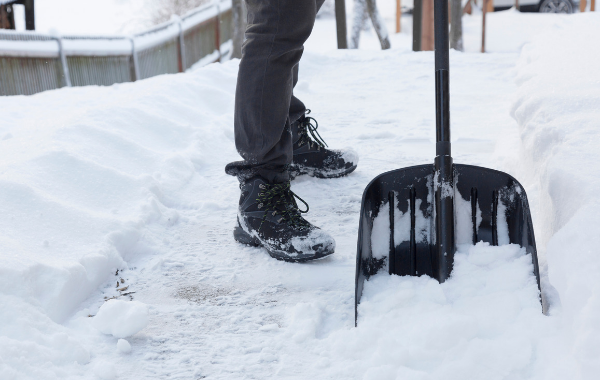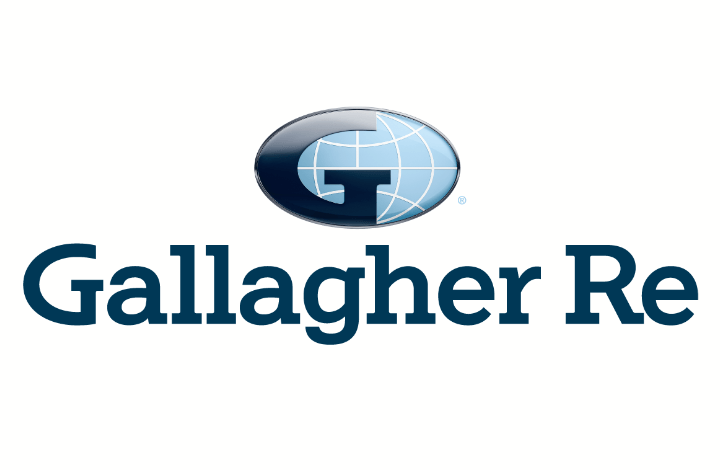
If you live in the Northern portion of the country, this topic should be familiar.Every winter, beginning as early as November and stretching throughout March and April, comes the dreaded freezing temperatures, and along with them, snow and ice.We get up early to clear off cars and driveways, throwing down salt to prevent slip and falls, but are you aware of your legal responsibilities as a homeowner to clear your property? Here’s a hint: they don’t always end at your front door.
Residential property owners are usually responsible for the cleaning of ice and snow from their driveways, walkways, and any sidewalks and parking areas that are in front of or attached to their property. This means that even if the area is shared by you and your neighbor, it’s best to be safe and treat it as you would your own.Should a pedestrian slip and fall while on or near your property, you may find yourself on the sour end of a legal lawsuit.(It is recommended that all residential property owners check with their city or state to determine their duty to remove snow and ice during an ongoing storm event).
Condominium unit owners would also want to check with their association to determine what responsibility will land in your hands.While most condo associations are contracted to maintain the common areas, it is best to be aware of your responsibilities as the resident or unit owner.Residential property owners of rented dwellings (landlords) should take extra special precautions.
When personal property is rented out to tenants it is dire that you provide a safe, hazard-free living area, which includes the proper removal and treatment of ice and snow. It would also be wise to address snow removal procedures with all tenants at the time of lease.Should an agreement be made that the tenant is responsible for clearing walkways, steps, etc., or if a professional company is hired to maintain the grounds of the dwelling, tenants should be made aware of their responsibility and/or who to contact in the event of hazardous winter weather.This information should be clearly indicated on the lease agreement to prevent any confusion.[1] Each state may hold different laws and expectations of its residents to take care of all snow and ice removal within a certain amount of time.
For example, in the state of New York, “Property owners are responsible for removing snow and ice from paved walkways and sidewalks outside their property in order to create a safe path for pedestrians.If a property owner has a bus stop or fire hydrant in front of his or her property, that owner is responsible for removing snow and ice from the sidewalks surrounding those areas.” Some states or cities have specific time restrictions on the compliance of snow removal laws.For example, in Salt Lake City, Utah, there is a city ordinance requiring the owner or occupant of a property to remove snow and ice from their whole sidewalk adjacent to their property within 24 hours after a storm.[2] Here’s a link to a blog post to see what applies in your state.
It is always wise to check with your local or state ordinances, as many municipalities have their own ordinances.Winter is upon us and with that the flurries, snow squalls, snowstorms, hail storms, Nor’easters, blizzards, and just plain freezing cold are bound to happen.Make sure you are prepared ahead of time to battle this force by Mother Nature.
And lastly, please take note of neighbors, friends, and family who may not have the means or ability to properly clear their sidewalks, etc.A wellness check for the elderly and infirm can go a long way.[1] https://www.rentecdirect.com/blog/snow-removal-rental-property/
[2] https://www.rentecdirect.com/blog/the-complete-guide-to-snow-removal-laws-by-state/
Share this:FacebookTwitterLinkedInMoreEmailPrintLike this:
Publisher: Central Insurance Companies








